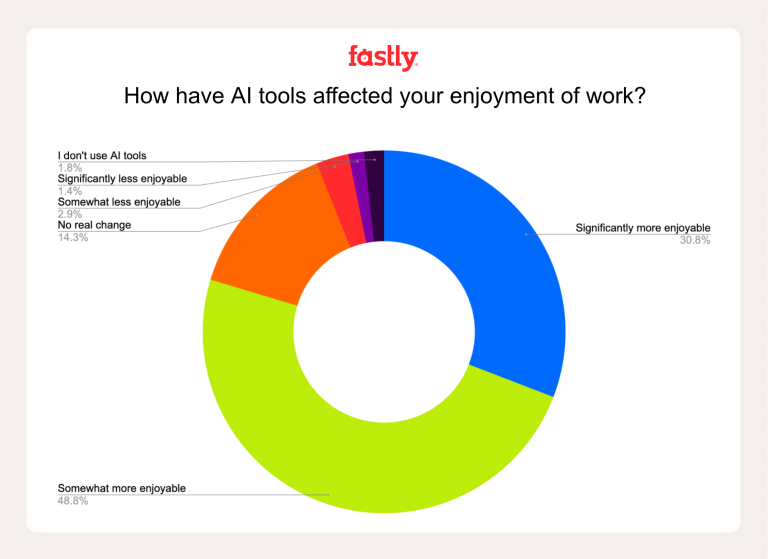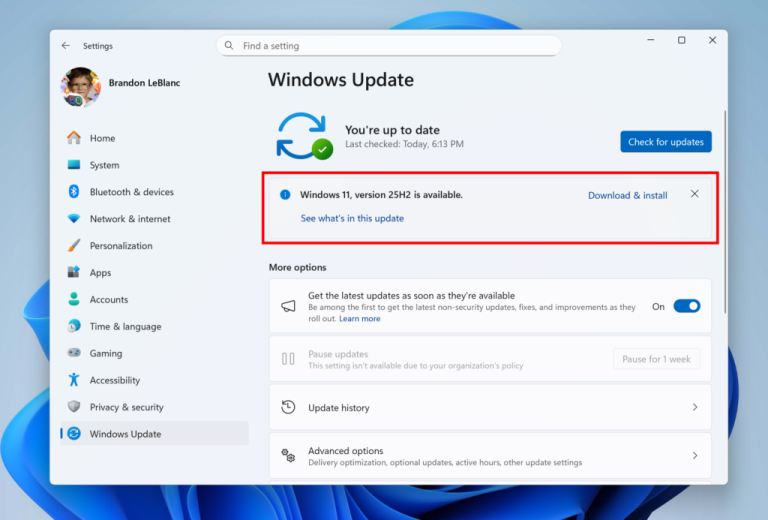
Enterprise privileged access management refers to the process of managing access to privileged information. It helps an organization to manage the security and privilege levels of its users.
This technology is also used in government, banks, and other organizations that need to protect their data from unauthorized access. The concept is similar to a firewall, but it’s more about restricting and controlling user privileges than protecting against malicious software attacks.
There are three main components of a successful PAM solution: an access control list, policies for authorizing users and privileges, and methods for granting or revoking permissions.

How does enterprise privileged access management work?
Enterprise privileged access management is a security feature that protects the company’s data from unauthorized access. It is also used to manage and control who has access to what type of information.
Enterprise privileged access management typically involves assigning unique identifiers to the devices that allow them to be managed centrally. Each identifier identifies the device’s location, system privileges, and which networks it can connect to.
It is important for enterprises to monitor networks and identify where suspicious activity may take place. In case any suspicious activity takes place, security teams can close the hole by disabling or removing those devices’ privileges.
How do I set up enterprise privileged access management?
Enterprise privileged access management (PAM) can be set up to ensure that people have the privileges they need and prevent them from accessing certain areas without authorization.
Here is a list of steps for setting up PAM:
– Determine the type of authentication you will use
– Create a baseline of your data, including what policies you need, what access rights you have, and what passwords are used
– Create a new administrator account or add an administrator account to your current system
– Add users with the appropriate roles and policies to your PAM system
– Test out your configuration by granting yourself permission before granting others.
How do you implement privileged access management?
Privileged access management has been widely adopted in organizations because it helps companies to protect their valuable assets. It also helps in mitigating risks by limiting access to sensitive information and securing critical systems.
Some of the most common types of privileged access management tools available on the market today include:
- Single sign-on (SSO)
- Active Directory Privilege Management (AD PM)
- Kerberos Privilege System (KPS)
- RADIUS Profile Based Access Control
How do you protect privileged accounts?
The best way to protect privileged accounts is by using strong passwords that are periodically reset.
Strong passwords are based on a combination of alphanumeric and special character characters.
These special characters can be found in the upper-right corner of your keyboard in a box called the number pad. A password manager is the best way to manage these passwords because it provides an extra layer of protection while also generating unique passwords for you automatically.
It’s important to use a password manager tool that supports the protocols of your company. Some tools may offer additional functions such as creating random passwords, generating unique passwords, or automatically updating passwords on devices and browsers.
Conclusion
Enterprises often implement a privileged access management solution, which is a technology that helps to manage user access rights and privileges. The primary function of this technology is to provide an application with the ability to manage its own access rights.
This system enables enterprises to control their users’ level of interaction with their data without downloading an additional software program. Moreover, it also helps them in making sure that only those who need access to the data can do so.
A large number of enterprises have been using enterprise privileged access management for quite some time now. These solutions help in enforcing data security and compliance regulations such as PCI DSS, HIPAA, and SOX.
The benefits of enterprise privileged access management are numerous, but some of the most notable include: making sure that security is enhanced by giving everyone only the permissions they need, knowing what data you need to work on, ensuring that your employees know they are not accessing sensitive information such as personally identifiable information (PII), and providing a seamless experience for your customers.
Enterprise privileged access management also makes it easier to manage physical access and provides an audit trail for data protection. It helps with compliance by making sure that systems meet regulatory requirements.
It also has many other benefits including increased productivity, cost savings, security, and more.





